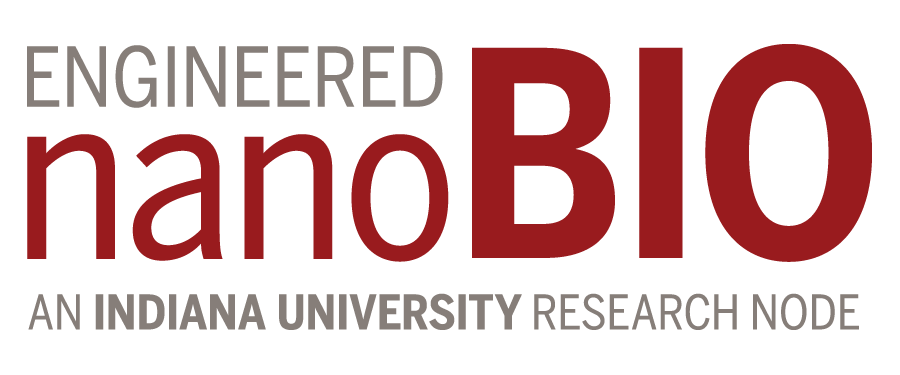Perspectives on High-Performance Computing in a Big Data World
Category
Published on
Abstract
This course was deleivered at ACM International Symposium on High-Performance Parallel and Distributed Computing (HPDC).
High-Performance Computing (HPC) and Cyberinfrastructure have played a leadership role in computational science even since the start of the NSF computing centers program. Thirty years ago parallel computing was a centerpiece of computer science research. Naively Big Data surely requires HPC to be processed, and transformational Big Data technology such as Hadoop and Spark exploit parallelism to success. Nevertheless, the HPC community does not appear to be thriving as a leader in Data Science while parallel computing is no longer a centerpiece. Some reasons for this are the dominant presence of Industry in technology futures and the universal fascination with Artificial Intelligence and Machine Learning. Maybe the pendulum will swing back a bit, but I expect the "AI first" philosophy to dominate in the foreseeable future. Thus I describe a future where HPC thrives in collaboration with Industry and AI. In particular, I discuss the promise of MLforHPC (AI for systems) and HPCforML (systems for AI).
Bio
 Fox received a Ph.D. in Theoretical Physics from Cambridge University where he was Senior Wrangler. He is now a distinguished professor of Engineering, Computing, and Physics at Indiana University where he is the director of the Digital Science Center. He previously held positions at Caltech, Syracuse University, and Florida State University after being a postdoc at the Institute for Advanced Study at Princeton, Lawrence Berkeley Laboratory, and Peterhouse College Cambridge. He has supervised the Ph.D. of 72 students and published around 1300 papers (over 500 with at least ten citations) in physics and computing with an hindex of 77 and over 35000 citations. He is a Fellow of APS (Physics) and ACM (Computing) and works on the interdisciplinary interface between computing and applications. Current work is in Biology, Pathology, Sensor Clouds and Ice-sheet Science, Image processing, Deep Learning, and Particle Physics. His architecture work is built around High-performance computing enhanced Software Defined Big Data Systems on Clouds and Clusters. The analytics focuses on scalable parallel machine learning. He is an expert on streaming data and robot-cloud interactions. He is involved in several projects to enhance the capabilities of Minority Serving Institutions. He has experience in online education and its use in MOOCs for areas like Data and Computational Science.
Fox received a Ph.D. in Theoretical Physics from Cambridge University where he was Senior Wrangler. He is now a distinguished professor of Engineering, Computing, and Physics at Indiana University where he is the director of the Digital Science Center. He previously held positions at Caltech, Syracuse University, and Florida State University after being a postdoc at the Institute for Advanced Study at Princeton, Lawrence Berkeley Laboratory, and Peterhouse College Cambridge. He has supervised the Ph.D. of 72 students and published around 1300 papers (over 500 with at least ten citations) in physics and computing with an hindex of 77 and over 35000 citations. He is a Fellow of APS (Physics) and ACM (Computing) and works on the interdisciplinary interface between computing and applications. Current work is in Biology, Pathology, Sensor Clouds and Ice-sheet Science, Image processing, Deep Learning, and Particle Physics. His architecture work is built around High-performance computing enhanced Software Defined Big Data Systems on Clouds and Clusters. The analytics focuses on scalable parallel machine learning. He is an expert on streaming data and robot-cloud interactions. He is involved in several projects to enhance the capabilities of Minority Serving Institutions. He has experience in online education and its use in MOOCs for areas like Data and Computational Science.
Credits
Presented at ACM HPDC 2019 - The 28th International Symposium on High-Performance Parallel and Distributed Computing, Phoenix, Arizona, USA - June 27, 2019.
Sponsored by
Supported by National Science Foundation through Awards: 443054 CIF21 DIBBs: Middleware and High Performance Analytics Libraries for Scalable Data Science and, 1720625 Network for Computational Nanotechnology - Engineered nanoBIO Node
Cite this work
Researchers should cite this work as follows:
Time
Location
ACM HPDC 2019, Pheonix, AZ
Tags
nanoBIO
This resource belongs to the nanoBIO group.
